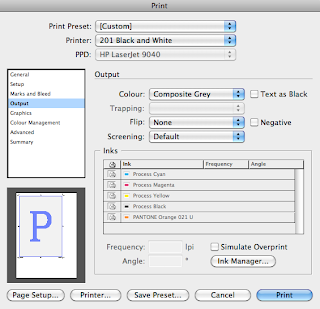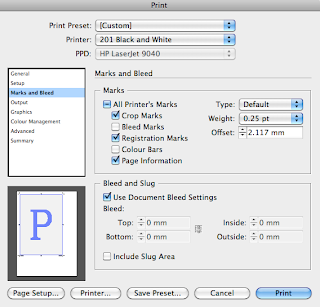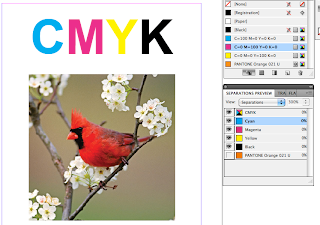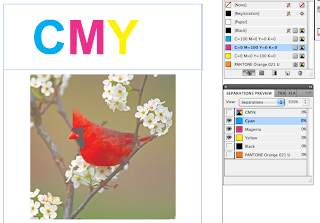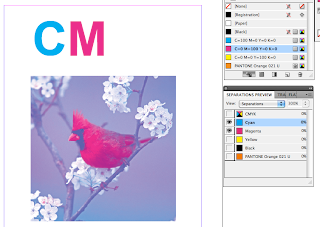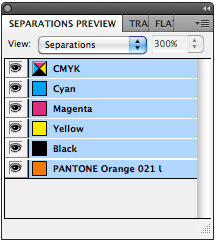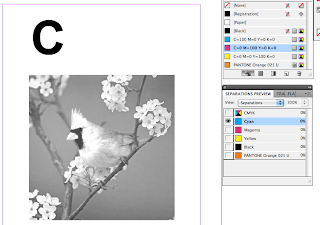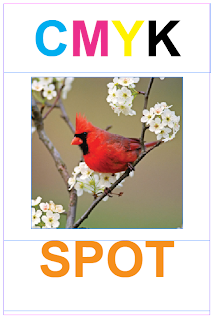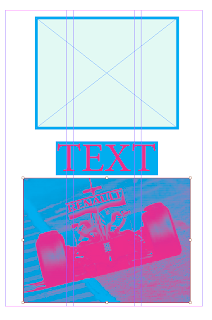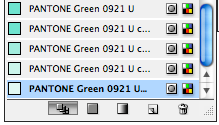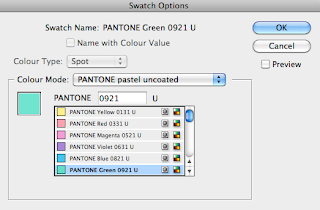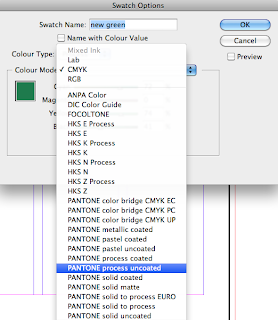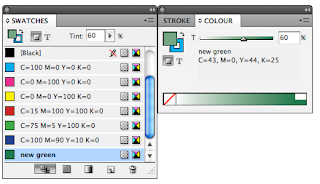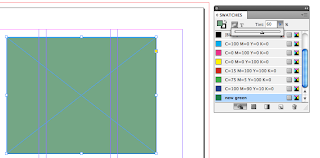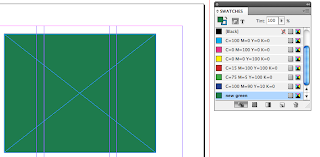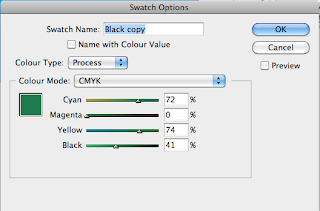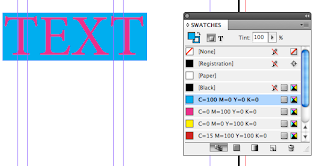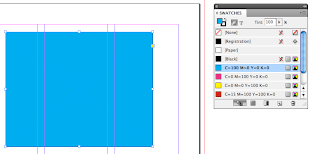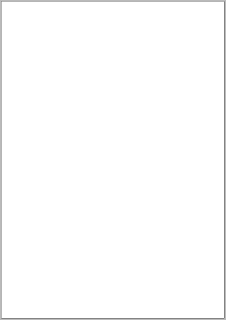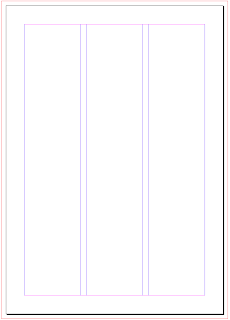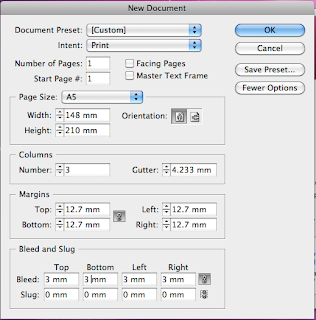Mechanix Illustrated was an American magazine founded in the first half of the 20th Century to compete against the older Popular science and Popular Mechanics Billed as "The How-To-Do Magazine," Mechanix Illustrated (MI) aimed to guide readers through various projects from home improvements and advice on repairs to "build-your-own (sports car, telescope, helicopter, etc)." From its debut in 1928, it went through a number of permutations over the years, being called at various points in its life, Home Mechanix, Modern Mechanics and Inventions, Modern Mechanix and Inventions, Modern Mechanix and finally Mechanix Illustrated.
here are some covers of Mechanix Illustrated. This kind of dawing and creativity is something that I really want to see in my work for this module.
The cross sections of the objects are shown on an incredibly detailed level and they also please the eye aesthetically. The old school grainy print also gives the work a lot of charm and character. This warmth will be something that I will try and achieve with my work also.











